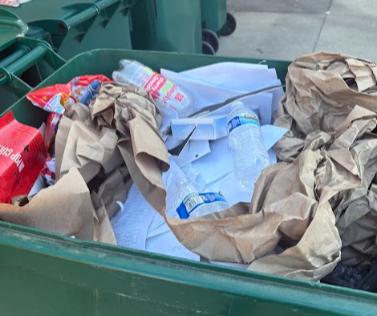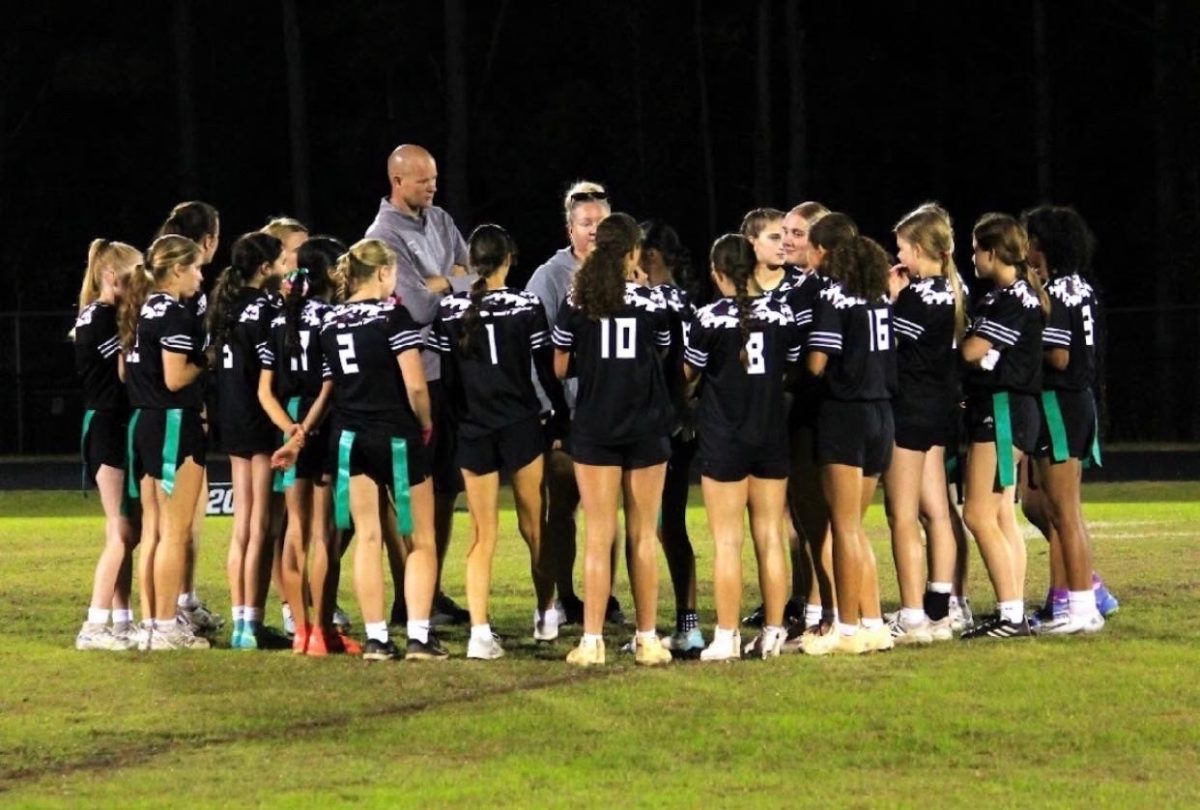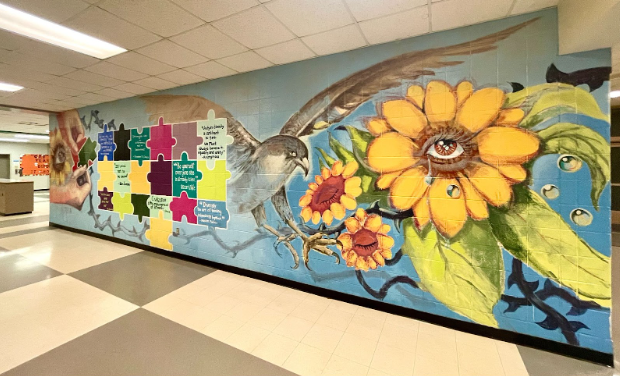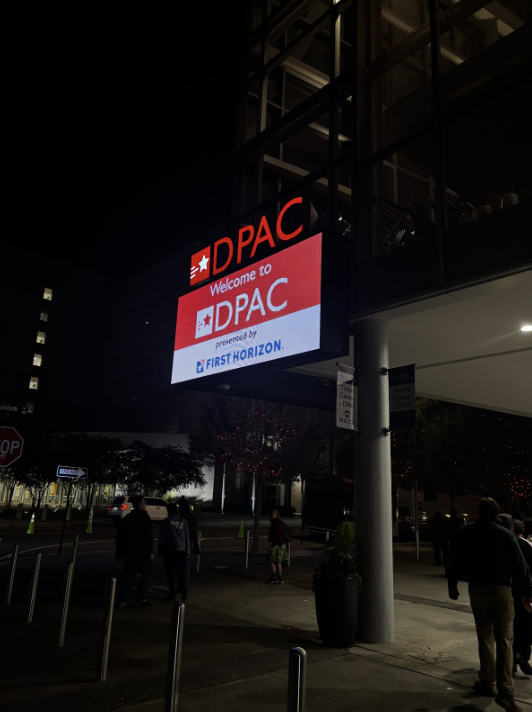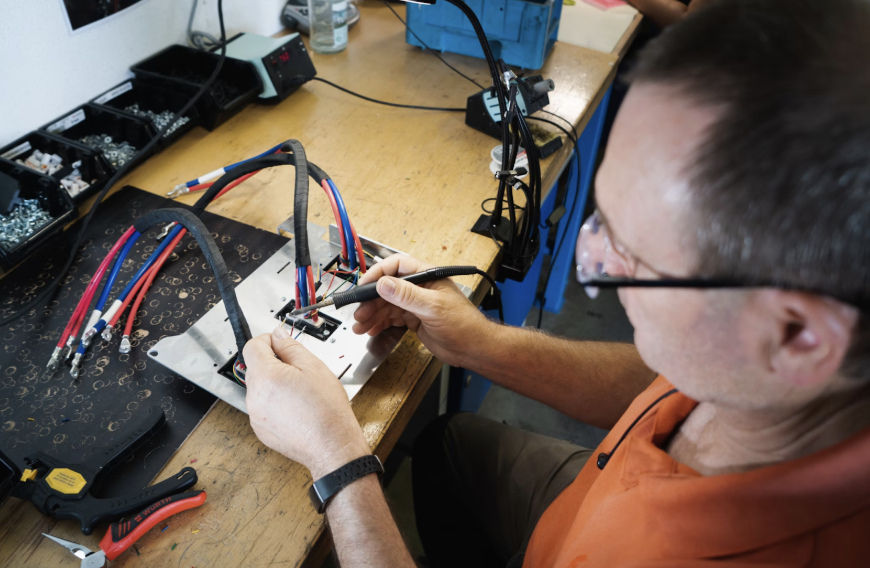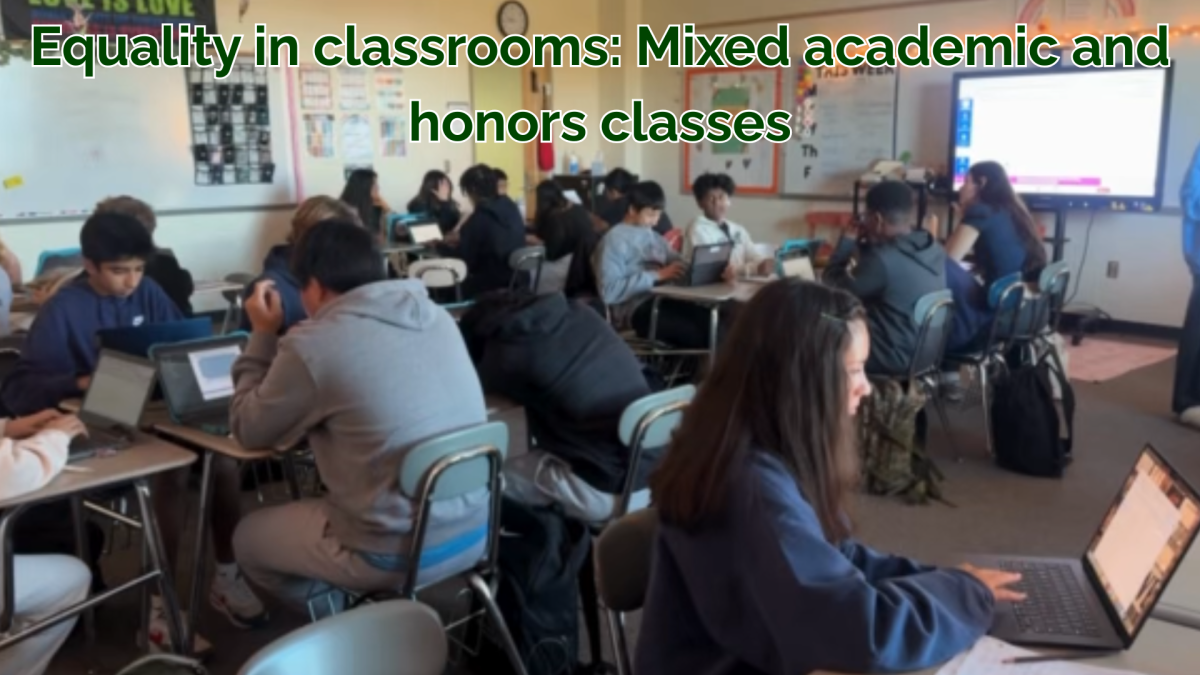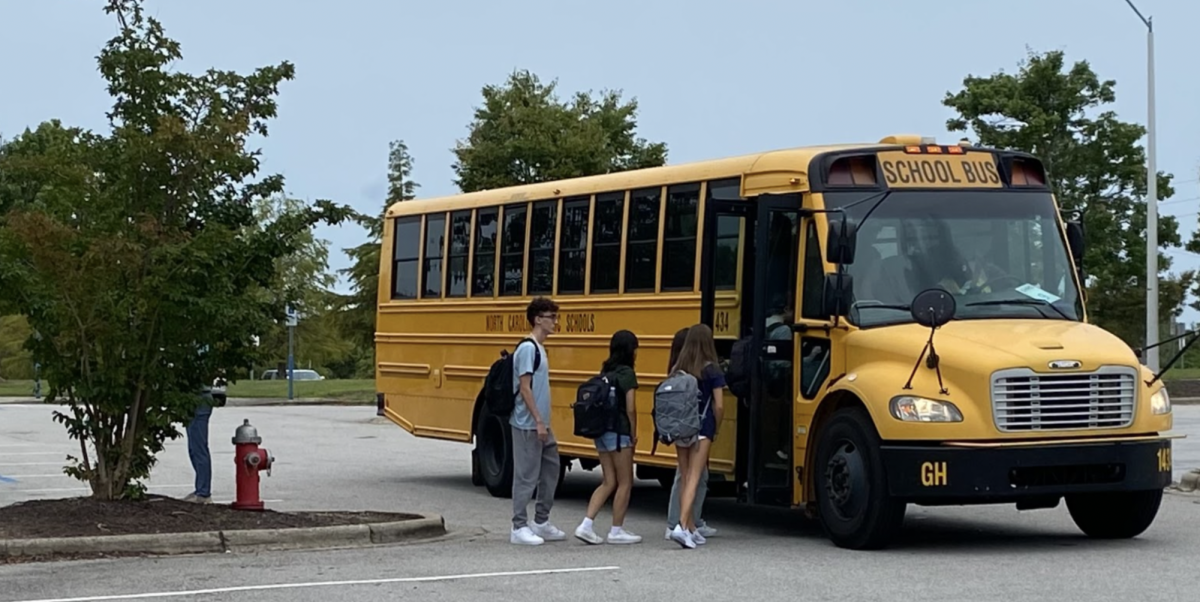As the 2023-24 school year begins, the Wake County Public School System (WCPSS) runs into difficulties with the ongoing bus driver shortage in the transportation department, affecting students, their families, and bus drivers alike.
According to the a press release from North Carolina Governor Roy Cooper, bus driver shortages have been affecting WCPSS schools and other districts from North Carolina as early as 2021-22. Due to the need for quarantining during COVID-19, drivers began filling in for vacant routes.
Though a policy was passed in January of 2022 by Governor Roy Cooper to alleviate some of these challenges, districts statewide reported having 1,342 bus driver shortages in June of 2023. WCPSS schools and its families have already felt the impact of the ongoing bus driver shortage.
“Students and families have been experiencing frustrating delays and disruptions in bus schedules. Bus drivers, who are working tirelessly to bridge the gaps, are now burdened with increased workloads and longer routes,” school board member Tyler Swanson said.
Swanson added, “Factors such as the ongoing pandemic, shifts in employment trends, and an increased demand for transportation services have contributed to this unique situation.” Drivers continue to make up for multiple routes.
Kendall Boyton, Operations Team Leader of the transportation department at Green Hope High School, works with the school’s 27 bus drivers everyday throughout this shortage. “It’s a lot of work for us. Everybody has to double back and pick up the next group of kids. They [ the bus drivers ] rather just do one, but we all do our part.”
According to Boyton, roughly 1,300 students at Green Hope rely on bus transportation.
Green Hope Sophomore Parker Allison (‘26) is one of the many students affected by the ongoing bus driver shortage. “My route is one of the last … Bus riding, even last year, has left me waiting for the bus for a long time. It just takes longer to get home,” Allison said.
Allison waits for around 45 minutes to even an hour to get on the bus home. Though he has no extracurricular activities, the extended wait takes away time from his homework time.
When asked about how the bus driver shortage affects other high school students Allison added, “Students who have extracurriculars, even necessities, maybe watching siblings or having a job, or wanting all the time to study for a big test tomorrow — it takes up a lot of time.”
Green Hope Junior Katie Biddle (‘25) is another student affected by the ongoing bus driver shortage. Though she no longer rides the bus this school year, she has for the past five years.
When asked about her previous experience with WCPSS transportation, Biddle said, “The bus ride in general was pretty inconvenient. It’s probably much worse now with the bus driver shortage, especially for sleeping and if you have work to be doing late at night. That extra hour really adds to everything.”
Like most high school students with extracurricular involvement, Biddle held a part time job throughout her sophomore year. “My part time job last year started at 3:30, so getting home around 3:00, I would have to really rush.”
Similar to Allison, Biddle had to wait a total of 40 minutes before leaving school. With the addition of the bus ride itself, it also totaled to one hour of transportation.
Now, Biddle rides by car to and from school. “They didn’t give me an afternoon route due to the bus driver shortage,” Biddle said.
According to Biddle, she was forced to schedule rides to school with her neighbor this school year. Biddle now rides to and from school by car. “Fortunately, I’m not dependent on that [bus transportation] this year, but if it happened last year when I didn’t have a ride I don’t know what I would’ve done,” Biddle added.
If not for her neighbor, her parents would miss work. “I would’ve had to ride with my parents before work, which would’ve also been earlier because of carpool traffic. My parents would be late because of it,” said Biddle.
According to Boyton, pay and a lack of employees who train prospective bus drivers are other factors that have influenced the ongoing bus driver shortage. At this time, District 9 has three bus driver trainers. “We’re short on trainers. The process to become a bus driver is also a little longer. It takes a total of a few weeks to complete the course. They [the bus drivers] don’t get paid for a month,” he said.
The struggles that come with the bus driver shortage for WCPSS students and students in other counties across the state have caused a controversy. On Aug. 29, Governor Roy Cooper labeled the ongoing bus driver shortage as a state of emergency for public education.
As a part of the WCPSS Board, Swanson stated, “It’s important to distinguish this year’s bus driver shortage from previous challenges. While we faced driver recruitment difficulties in the past, the current shortage is notably more severe and persistent,” Swanson said.
In response to this pressing issue, Swanson stated that, “We’re making efforts to attract new bus drivers by offering competitive compensation packages, signing bonuses, and enhanced benefits.”
Additionally, District 9 intends on introducing learning labs to accommodate students who are arriving to classes late and leaving later due to the bus driver shortage.
Furthermore, to help public education on a state level, Cooper plans to invest $1 million into bus driver training to help alleviate these challenges in North Carolina on a state level. In addition, Governor Cooper intends to create ten new temporary bus driver trainers across the state.
“That would definitely help move the process and make it faster. It’ll be a trickle down effect, it takes time to process things, but I believe it’s going in the right direction,” Boyton said.
However, the challenge of hiring bus drivers to fill in vacant routes still remains. “It’ll probably be hard to get bus drivers to apply, especially because of the shortage, they’ll have to do extra routes, so it’s just a bad spot for them right now. I think if we can get above that, where bus drivers don’t have to do double routes it could get better,” Biddle said.
The North Carolina state government and Wake County are continuing to explore options to alleviate the bus driver shortage. “I’m sure whatever the county is working on to help alleviate these challenges will end up helping – at least – in the next few years,” Allison said.
In response to students and families, Swanson said, “We are fully committed to finding effective solutions to ensure that our students continue to receive reliable and safe transportation to and from school.”























